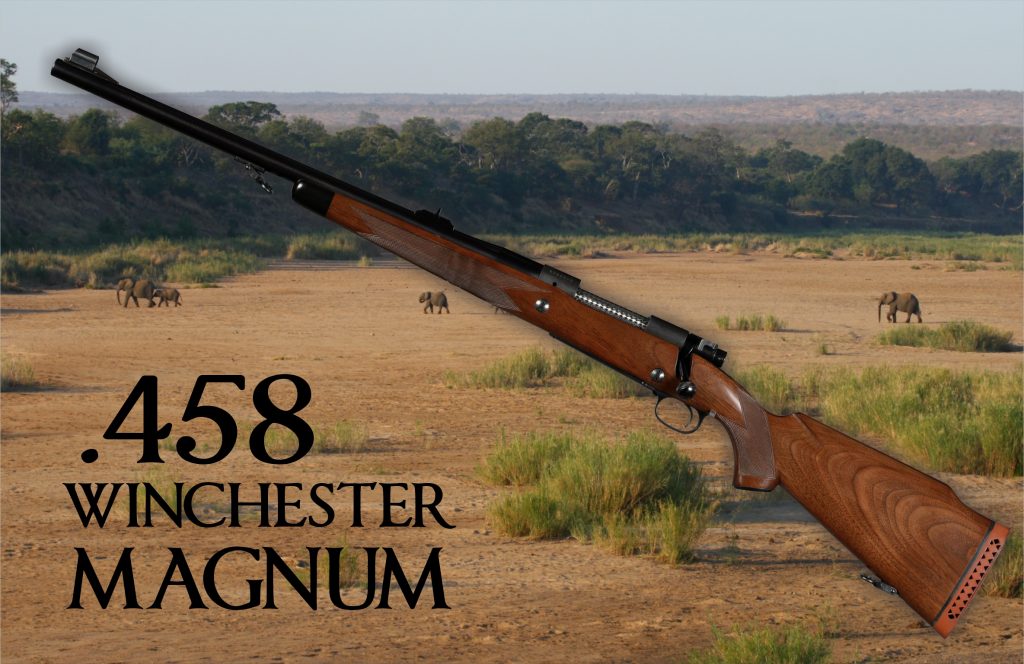HISTORY
The .458 Winchester Magnum was a direct descendant of the .450 Nitro Express 3 1⁄4 inch and the .450 Watts. (Figure 1). The .450 Watts case was shortened from 2.850 inches to 2.500 inches and introduced in 1956 as the .458 Winchester Magnum.

It was designed for use against heavy, thick-skinned, dangerous African game species such as elephant, hippo, rhinoceros, and Cape buffalo (Figure 2).
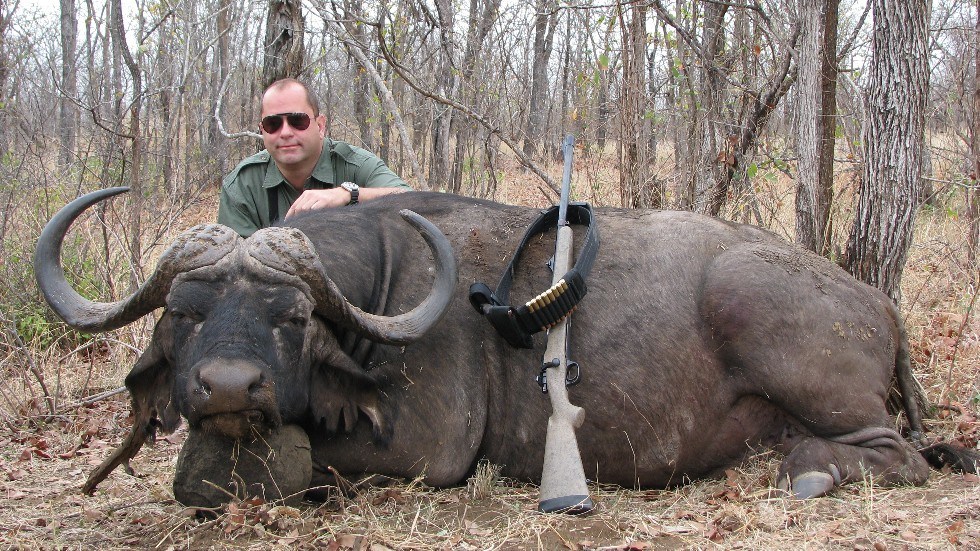
The exceptional sectional density of the 500-grain bullet, combined with a muzzle velocity of between 1,950–2,250 ft/s, provided the cartridge adequate penetration on these big animals. Rifles produced for this cartridge usually weighed under 11 lbs. The combination of these factors helped the .458 Winchester Magnum, in its heyday, to become the most popular dangerous game cartridge on the African continent.
Designed for a bolt-action rifle, it offered hunters a cheaper alternative to the big-bore doubles. The .458 Winchester Magnum was soon adopted by professional big game hunters, and it was not long before game rangers and wildlife managers switched to the .458 Winchester Magnum as their duty rifle. In the Kruger National Park, the .458 Winchester Magnum was standard issue for many section and trail rangers. It proved up to the task on many occasions in stopping and dropping dangerous game that charged trail groups on foot. Apart from culling elephants (Figure 3) and buffalo with this calibre, I dispatched 1 white rhino (Figure 4) and 3 elephants that charged trail groups I was leading.
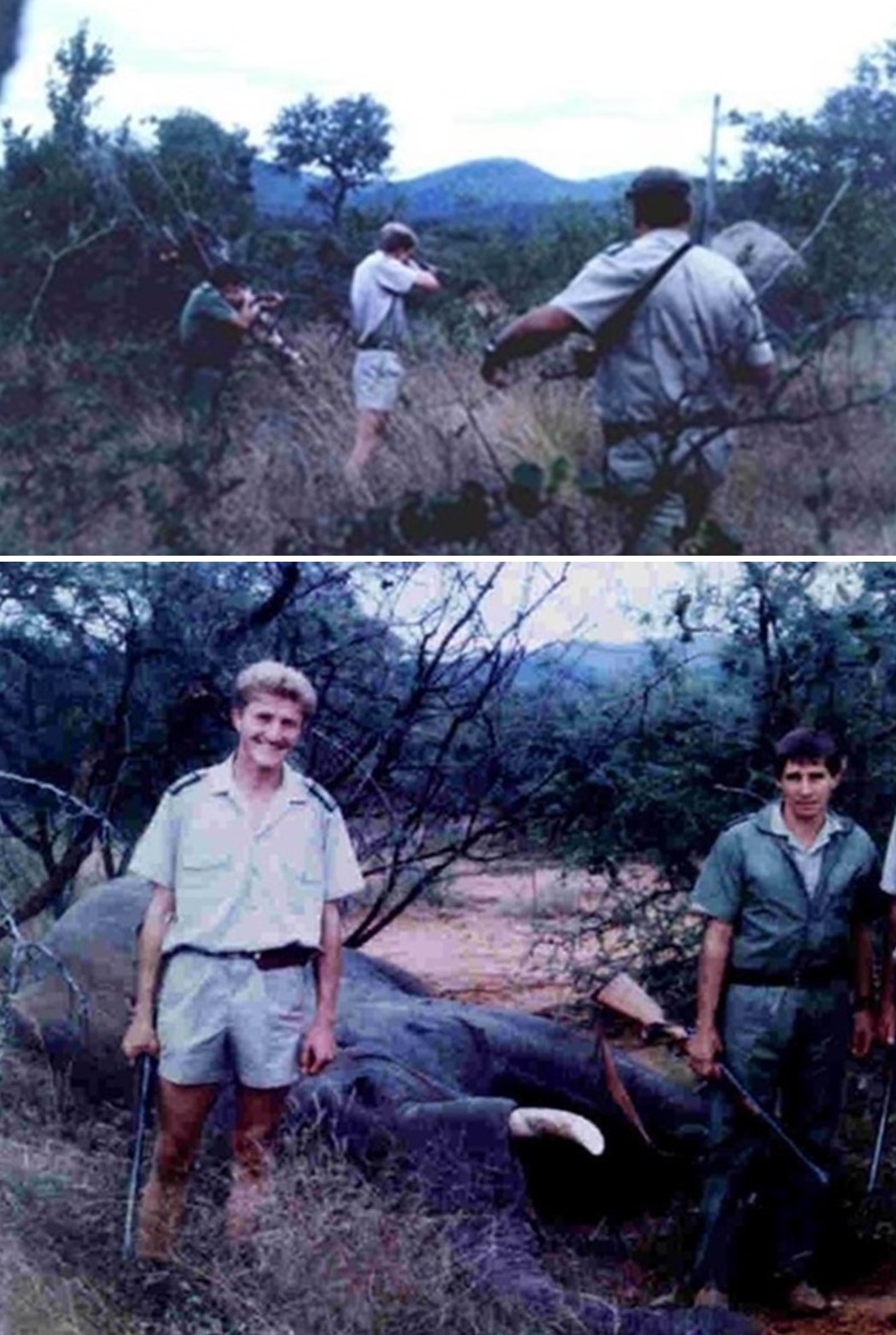
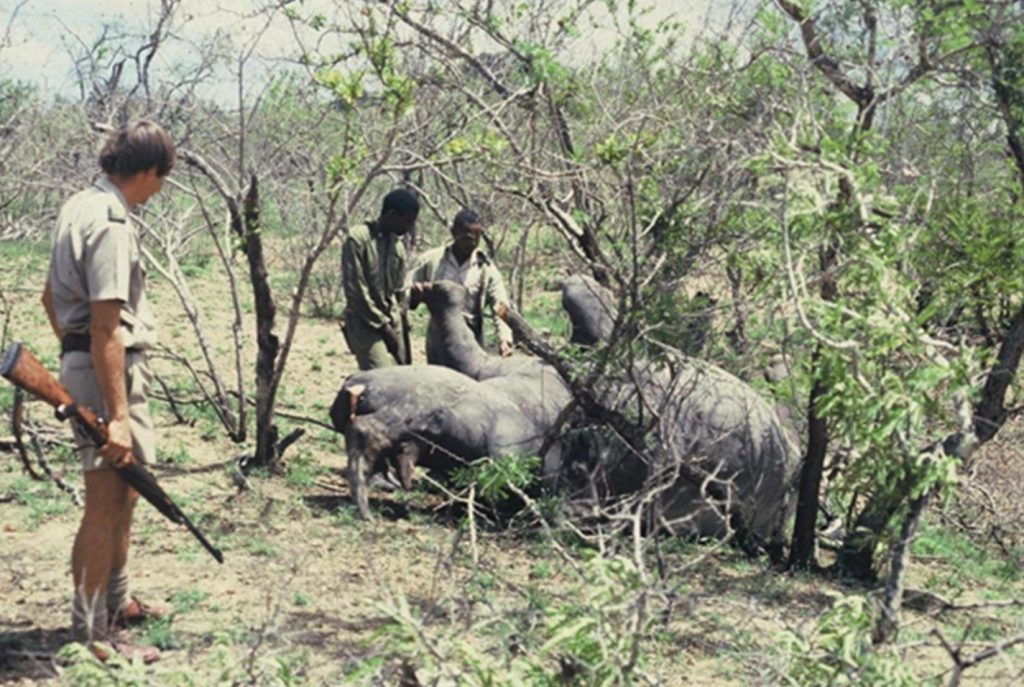
By 1970, however, issues with the cartridge began to surface. Winchester had been using compressed loads of ball powder as a propellant for the .458 Winchester Magnum. Due to clumping of the powder charge and the erratic burn characteristics associated with such loads, the performance of the cartridge came into question. Complaints of drastically reduced velocities caused by excessive compression of the powder charge in factory ammunition began to trickle in from professional hunters in Africa.
Although I used this cartridge frequently on dangerous big game in my professional career as a ranger (game warden), I personally found the performance of the .458 Winchester Magnum to be erratic and unreliable, and, given the wisdom of hindsight, I might have opted for a different calibre such as the .505 Gibbs. When your day-to-day work puts you on the receiving end of Africa’s dangerous game, the reliable performance of your bullet is non-negotiable. While Winchester addressed this issue, the stigma remained and haunted the cartridge, which had tremendous potential, for many years.
Recently, other .458 cartridges such as the .458 Lott and various .416 cartridges have gained wider acceptance, but the .458 Winchester Magnum remains one of the most popular choices.
CALIBRE DESCRIPTION AND SPECIFICATIONS
The .458 Winchester Magnum is a belted, straight-taper cased, dangerous game rifle cartridge. It was introduced commercially in 1956 by Winchester and first chambered in the Winchester Model 70 African rifle. It was designed to compete against the .450 Nitro Express and the .470 Nitro Express cartridges used in big-bore British double rifles. The design criteria for the .458 Winchester Magnum called for it to launch a 510-grain bullet at 2,150 ft/s out of a 26-inch barrel. The dimensions of the cartridge are shown in Figure 5.
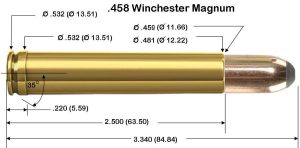
BALLISTICS AND PERFORMANCE
Current performance standards for the cartridge allow it to launch a 500-grain bullet at a velocity of about 2,150 ft/s through a 24-inch barrel (Table 1).
This bullet has a sectional density of .341, which provides the bullet with a high penetrative value at a given velocity. Among standard sporting cartridge bullets, the .45 caliber 500-grain bullet has the highest sectional density. The .458 Winchester Magnum loaded with the .500-grain solid bullet provides adequate penetration for dangerous game up to and including elephant.
Due to the cartridge’s relatively short case and powder column, longer bullets and those with a lower weight-to-length ratio, such as mono-metal bullets like the A-Square Monolithic Solid and the Barnes Banded Solids—may take up valuable powder space and lead to lower velocities and reduced performance.
Hence, the reason for companies such as A-Square loading the .458 Winchester Magnum and even the .458 Lott with 465-grain Monolithic Solid instead of the 500-grain, which is reserved for cartridges with large powder capacities such as the .450 Assegai and the .460 Weatherby Magnum. Bullets that tend to have a high weight-to-length ratio, such as the now-discontinued 500-grain Speer African Grand Slam solid, tended to work better in the .458 Winchester Magnum.
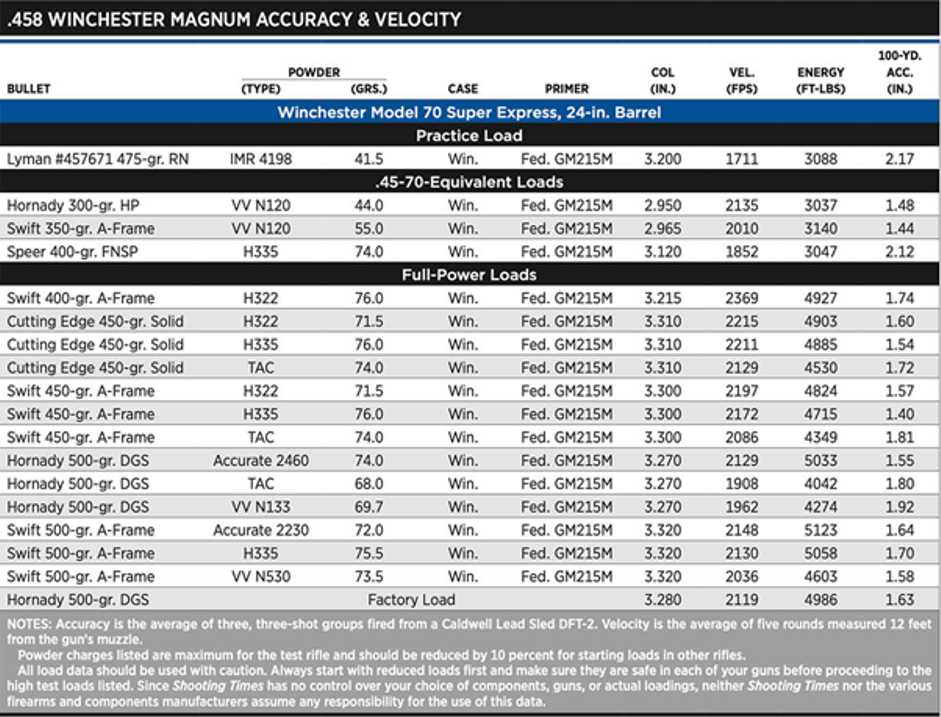
The .458 Winchester Magnum was never intended for long-range hunting, as most dangerous game animals are shot at a relatively close range of 50 yards or less. The heavy bullet has a pronounced trajectory.
SHOOTING THE .458 Winchester Magnum
I would not call the .458 Winchester Magnum a comfortable rifle to shoot. The appreciable recoil of around 65 ft-lbs. can impart quite a punch to the shoulder, nose, and trigger finger (Table 2) and results in significant muzzle climb (Figure 6).
Of the .450 group of dangerous game cartridges, the .458 Winchester Magnum has one of the lowest recoils.
|
CALIBRE |
RELATIVE RECOIL FACTOR |
|
.270 Winchester |
1.82 |
|
7x57mm Mauser |
1.68 |
|
.308 Winchester |
1.95 |
|
.375 H&H Magnum |
3.42 |
|
.458 Winchester Magnum |
4.36 |
Table 2: Relative Recoil Factors
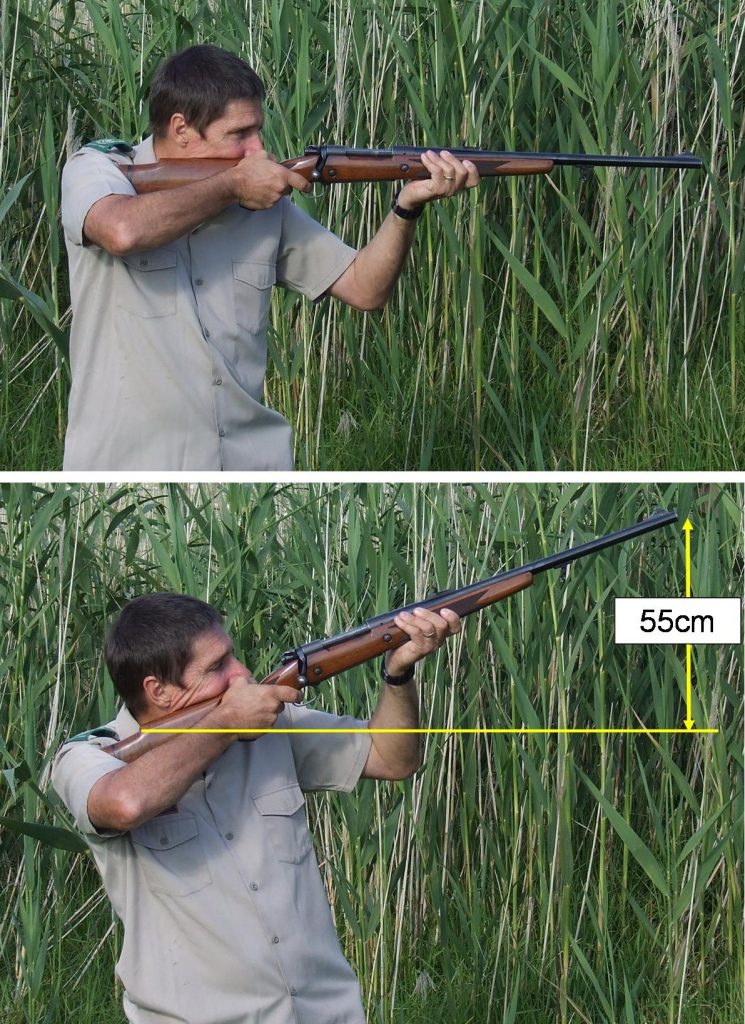
RECOMMENDED FOR SPECIES
The .458 Winchester Magnum was initially designed for Africa’s thick-skinned dangerous game animals such as elephants, rhinos, hippos, and buffalo. It was never really intended for dangerous, thin-skinned felines such as leopards and lions, which can be taken with much lighter calibres. This being said, it should be mentioned that with lighter custom-made bullets in this calibre starting at 250-grains, the spectrum of animals which can be taken with the .458 Winchester Magnum has broadened considerably.
FAMOUS HUNTERS WHO USED THIS CALIBRE
Some notable hunters known to have used the .458 Winchester Magnum include authors Robert Ruark, Jack O’Connor, Phillip Massaro, and professional hunter and conservationist Kermit Roosevelt Jr. (Figure 7).
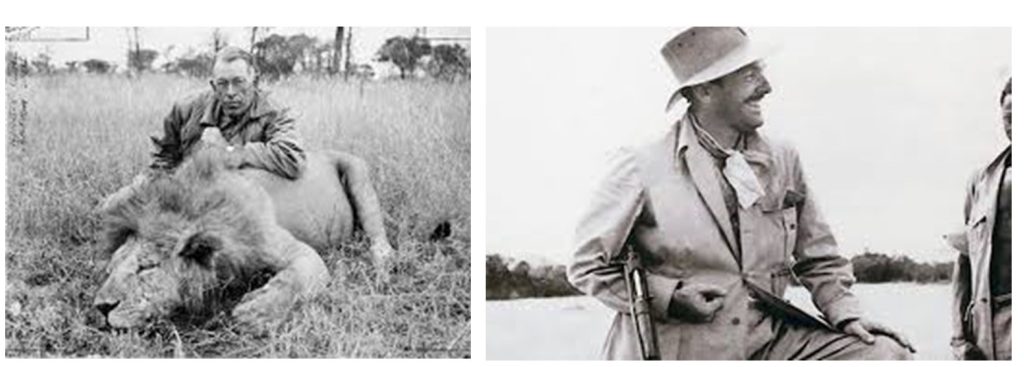
MANUFACTURERS OF .458 Winchester Magnum RIFLES
Many gunmakers produced bolt-action rifles chambered for the .458 Winchester Magnum cartridge. The Winchester Magnum Model 70 became a favourite. BRNO, Remington, Ruger, and others produced rifles for this calibre. Ruger also produced a single-shot version. (Figure 8).

FACTORY AMMUNITION
There are still a number of companies that manufacture .458 Winchester Magnum ammunition (Figure 9).
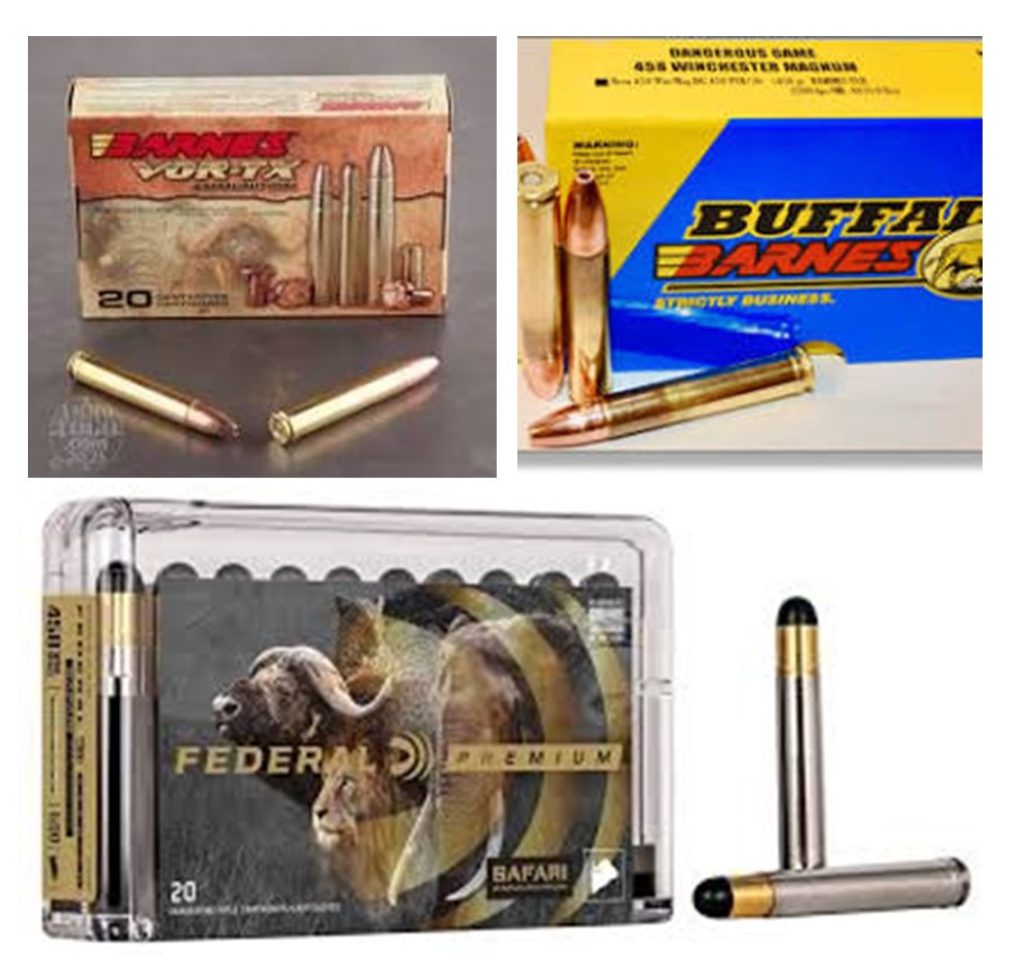
Hand loading the .458 Winchester Magnum
With the earlier issues now a thing of the past and with the availability of suitable powders and projectiles, the cartridge can be reloaded with an extremely versatile range of projectiles, ranging between 250-550 grains, making it suitable for everything from medium-sized game up to bull elephant.
With modern powders, the .458 Winchester Magnum is capable of launching a 300-grain bullet at 2,600 ft/s., a 350-grain bullet at 2,500 ft/s., a 400-grain bullet at 2,400 ft/s., and a 450-grain bullet at 2,300 ft/s. Many contemporary hunters have opted to use 450-grain bullets (Figure 10). At higher velocities than the 500-grain bullets and with a ballistic density of greater than .300, penetration in dangerous game is more than adequate, and recoil is reduced.
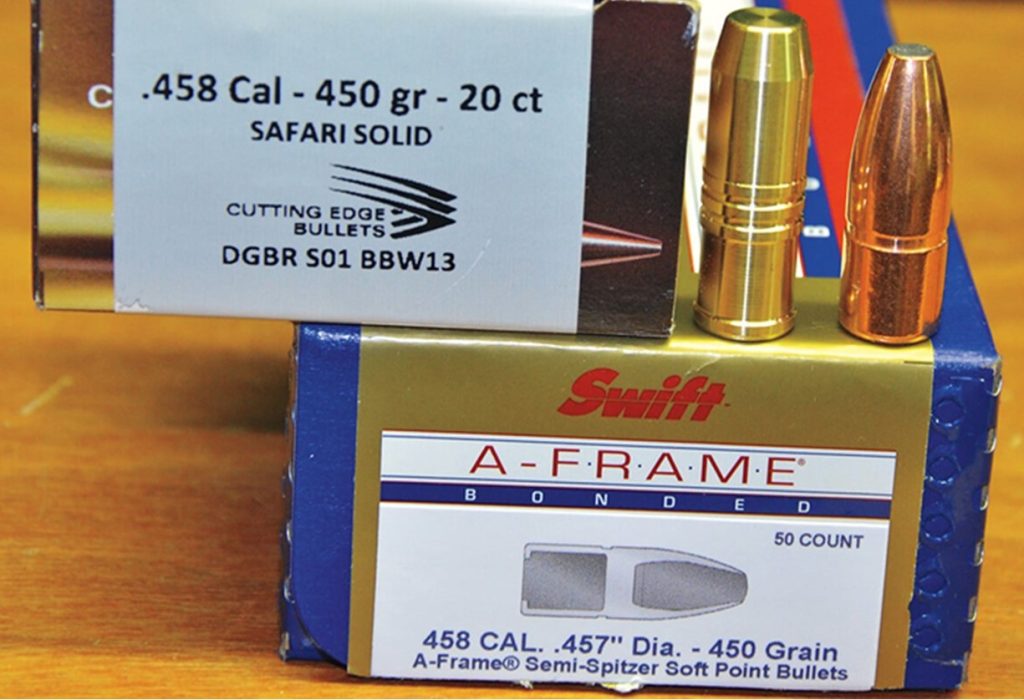
THE PRESENT AND THE FUTURE
- The .458 Winchester Magnum experienced some issues during its history, which tarnished its reputation, perhaps unjustly so. Today, with modern powders and primers, these problems have been resolved, and this cartridge has risen from the ashes and will be around for many years to come. It still has a lot going for it.
- Modern factory ammo will produce 2,100-2,140 fps. for 500-grain bullets out of a 24” barrel, and reloading will easily let you surpass 2,150 fps.
- Considering that the proclaimed .450 Nitro Express produced these velocities with a 480-grain bullet, which proved more than adequate on everything up to and including elephant, the .458 Winchester Magnum is on a par with a higher Sectional Density of .341.
- Due to the compact overall length of the cartridge, it can be used in a standard-length action, which does not call for a bulkier or more expensive magnum-length action.
- Although the recoil is by no means insignificant at about 65 ft-lbs. from a 10 lb. rifle, it is the lowest in the .458 dangerous game group of cartridges.
- Delivering 5,100+ ft-lbs. of energy makes the cartridge more than adequate for the biggest of Africa’s dangerous game species.
REFERENCES
-
- Bussard, M. (2011): Ammo Encyclopedia 3rd Ed. Ingrid Book Company and Baker and Taylor.
- Forker, B. (2006): Ammo & Ballistics 3rd Ed. Safari Press.
Simpson, L. History of the .458 Winchester Magnum. Shooting Times, March 2022. - Somchem (2012): Reloading Powders. Ballistic Data Manual.
- https://en.wikipedia.org/wiki/.458_Winchester_Magnu

